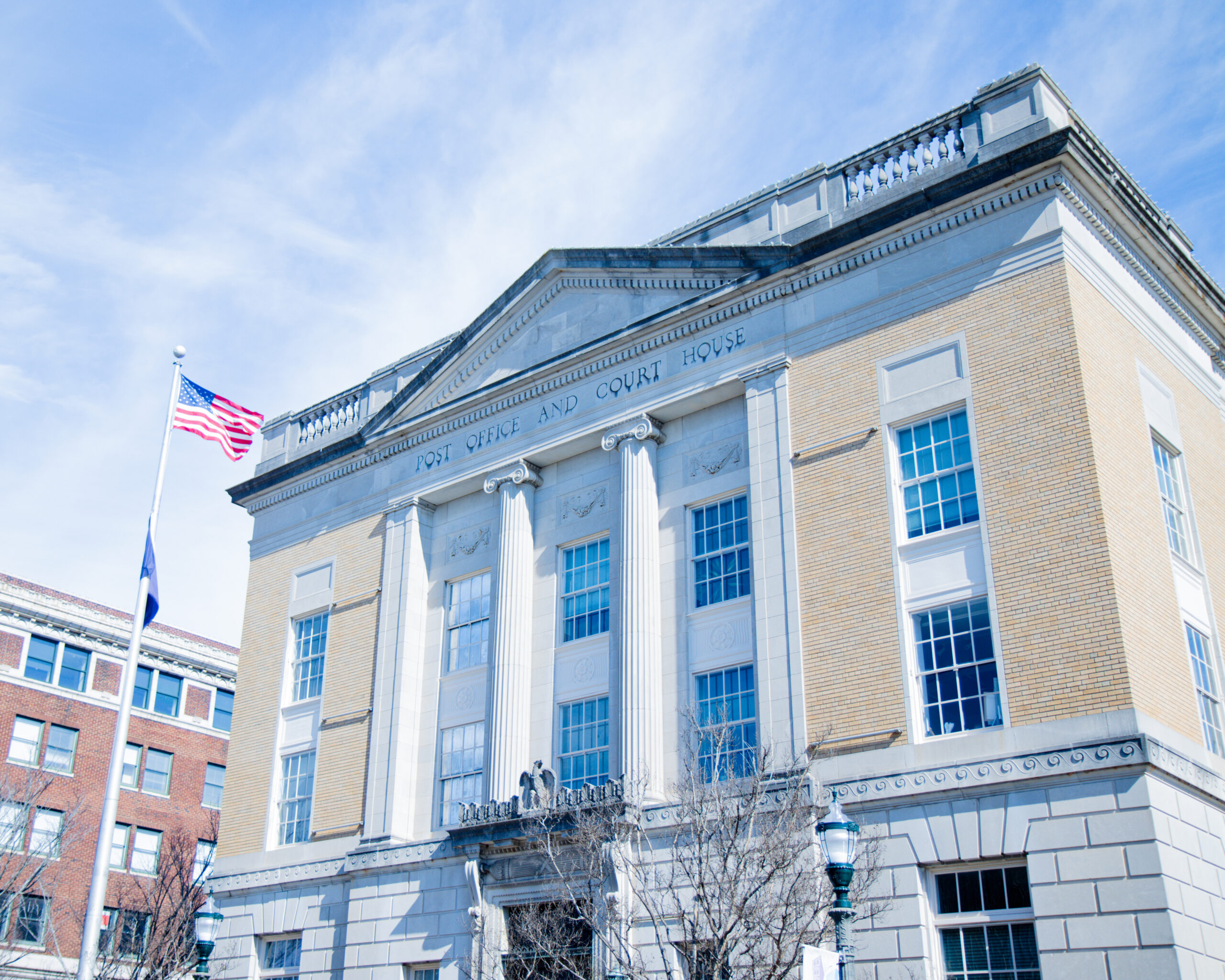The term “intersectionality” has not made it into typical everyday language quite yet. Older generations tend to be unaware of the term and its meaning, while younger generations are familiar with the term most typically through their college courses.
Kimberlé Crenshaw, a civil rights activist who first coined the term, defined intersectionality as “the idea that when it comes to thinking about how inequalities persist, categories like gender, race, and class are best understood as overlapping and mutually constitutive rather than isolated and distinct.”
On Oct. 9, the DiGiorgio Student Union hosted an event called, “The Struggle is Real: a discussion on the intersectionality of the LGBTQIA+ community.” The event was held in person at Dina’s Place and broadcasted via Zoom.
The event covered a multitude of topics such as pride vs. protests, privilege in the LGBTQIA+ community, the meaning the LGBTQIA+ acronym, coming out, homosexuality in church and toxic stereotypes, all through an intersectional lens.
Introducing the topic of the night’s event, Dr. Ranallo-Benavidez said, “Intersectionality is the idea that there are multiple identities that you have at the same time, so like race, gender, sexuality, gender identity… so LGBTQ+ is the central part of what we are talking about but also how that intersects with race or class and those other types of things [which are] central to the understanding of the struggle.”
The event began with a screening of a film called the “State of Pride” to inform participants of how intersectional ideas have progressed and how they still have a ways to go.
“[The video] is going to be about how we can make sure that our brothers and sisters and other siblings in the movement can have whole liberation in the world as we move forward and have a whole host of intersectional identities,” Ranallo-Benavidez said.
Junior computer science major with a minor in African American studies, Malik Smith, said, “To me, the most interesting part of the documentary was the inclusion of many different people with many different stories. It was cool to see the support system that some had. It was also a bit sad to see ‘friends’ and ‘family members’ mistreat participants of the documentary because of them embracing their identity.”
The panelists discussed pride in relation to protests. “It’s time to come together and celebrate how far we’ve come and the progress we’ve made … It’s kind of like an 18th birthday party, [Until one turns] 21, you still have some work to do,” student body president, Brandon Jackson, said.
During the event, the panelists discussed the treatment of trans* black women and privilege in the LGBTQIA+ community. While intersectionality was the central topic of the event, participants were informed of its true meaning to avoid misconceptions.
“Intersectional pride is not bad, it’s actually the goal, things like Black Trans* Lives Matter … Incorporating an intersectional perspective on racial and LGBTQ+ justice is a totally different thing. It’s reorienting a conversation around pride that is expansive or maybe even more marginal ways of thinking about empowerment in this,” Ranallo-Benavidez said.
“There are multiple categorizations that could apply to an individual such as race, class, gender, etc,” Smith said.
“I explain intersectionality as the study of minorities within minorities, meaning that there are multiple forms of discrimination that people can experience. I think that by becoming more aware of intersectionality, I can better acknowledge the differences among others and recognize that the struggle is real.”
Intersectionality is an incredibly important concept for one to be aware of so one can understand that many people fight more than one battle on account of multiple different aspects of their person. As a result of DSU hosting “The Struggle is Real: a discussion on the intersectionality of the LGBTQIA+ community,” more people have been made aware of how prevalent understanding intersectionality is in today’s world.



